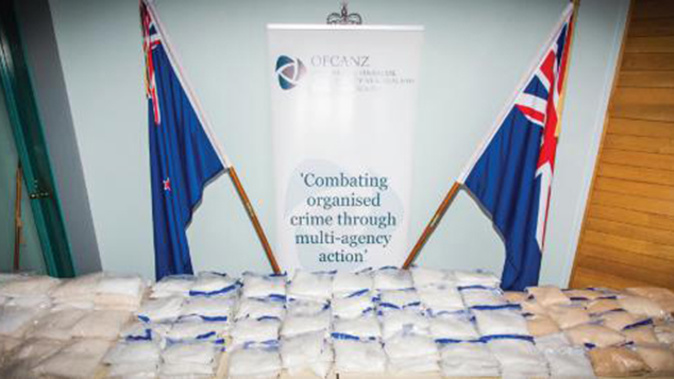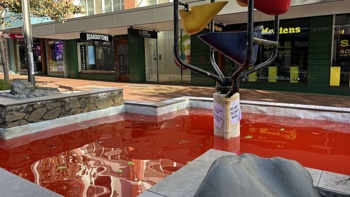
We may not be talking about it as much, but the methamphetamine scourge hasn't gone anywhere.
Police and Customs have just seized $123 million worth of the drug, saying they have shut down organised criminal groups who had gone to great lengths to avoid detection.
It's prompted questions about just how much of it is still on the streets, and how easy it is to get.
In 2009 New Zealand had one of the highest prevalence rates of P use in the world, with 2.1 per cent of the population using the drug. The Government responded with a Tackling Methamphetamine Action Plan and in 2010 the Prime Minister stated we were winning the fight against the drug.
In 2013 John Key stated that while the picture of methamphetamine remained a complex one, the efforts of law enforcement agencies were continuing to produce positive signs - with the rate of of the population using it dropping to 0.9 per cent.
Addiction specialists have told Newstalk ZB that anecdotally, they are seeing plenty of people with meth addictions still.
Dr Chris Wilkins from the illegal drug research team at SHORE, at Massey University, says their studies show the availability of the drug has remained pretty stable. He says generally the price has gone up slowly, and seizures of both the drug and pre-cursors contribute to price increases.
"But interestingly enough, in recent times, there's been decline in price, and that seems to be a combination of a change in marketing strategy and also lower quality pre-cursors, meaning that you've got a cheaper product that is lower-strength."
Dr Wilkins says that in Christchurch in particular, there's been an expanding market. After five years of decline, there was a jump in the availability in 2013, with frequent users saying it was easier to obtain. The proportion who could purchase methamphetamine in one hour or less in the city increased dramatically from 56 per cent in 2012 to 92 per cent in 2013.
He says 2014 data, which they are working on now, supports this trend.
He says the returning population after the quakes could be one reason.
"I think the other big factor is of course there's a massive rebuild going on there and most of the people involved in the rebuild are young men, who tend to have higher levels of alcohol and drug use."
Despite the evidence plenty of the drug is still out there, the national discussion about methamphetamine has dropped off in recent years.
"I think there's still a really good awareness amongst the general population that methamphetamine is a really dangerous drug and it's responsible for a lot of harm," Dr Wilkins says.
"And there was a really big push by the Government in 2009 to try and set up a methamphetamine action plan, and that's been implemented."
However he says over time, other things have dominated the conversation.
"There's been legal highs and synthetic cannabis and a whole lot of other things to worry about, so it's been a little bit pushed into the background. But I think meth has always been there as one of those really serious harmful drugs which we have to keep in mind."
After the massive meth raid, Police Commissioner Mike Bush stated police were determined to target the trade in methamphetamine and the organised crime groups that run it.
"Methamphetamine is a significant driver of crime that does enormous damage to our communities," he said.
"It ruins lives and destroys families and police are determined to prevent the harm and victimisation it causes."
Take your Radio, Podcasts and Music with you









